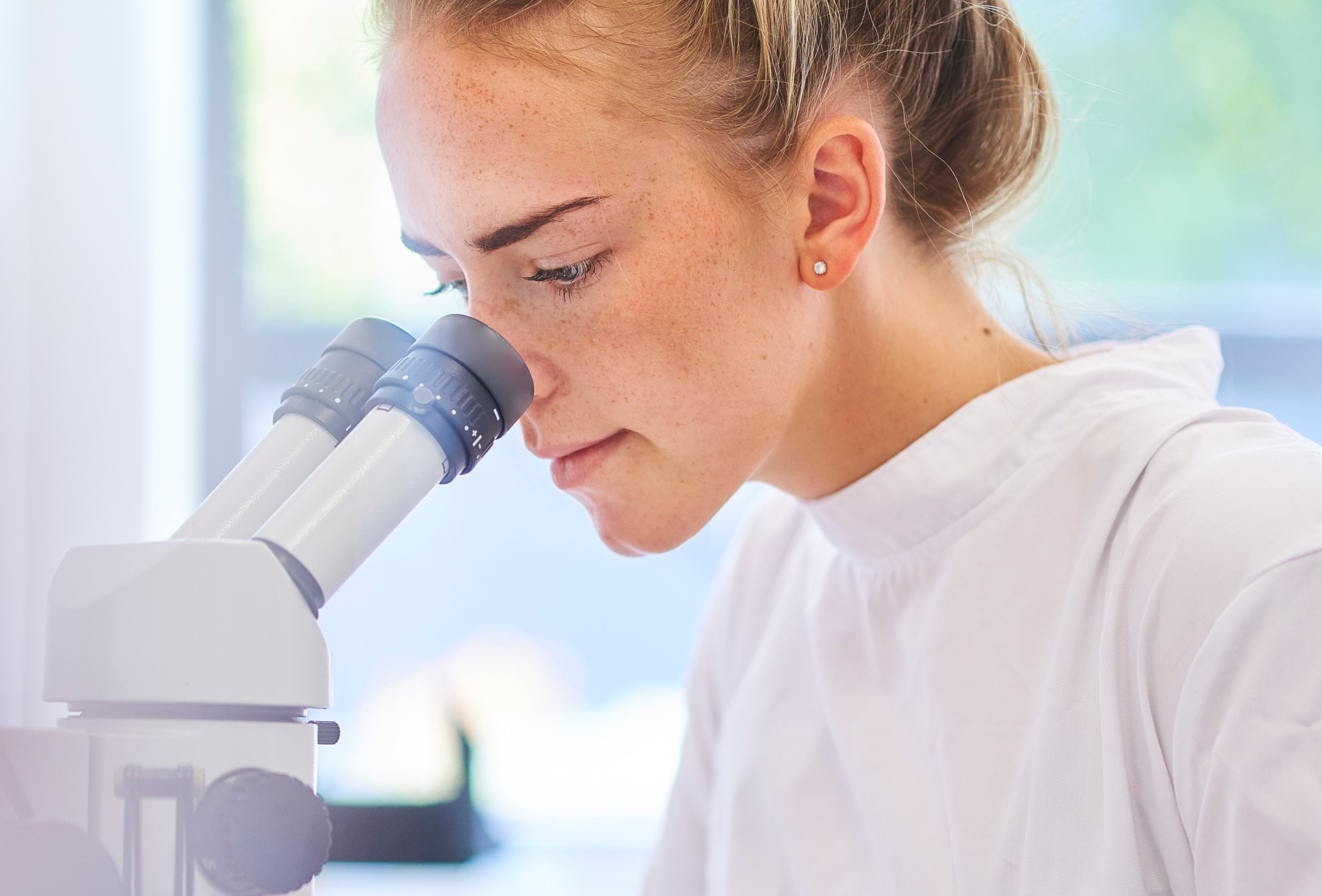
The effect of nano-hydroxyapatite/chitosan scaffolds on rat calvarial defects for bone regeneration
DESCRIPTION
Background
This study aims at determining the biological effect of 75/25 w/w nano-hydroxyapatite/chitosan (nHAp/CS) scaffolds on bone regeneration, in terms of fraction of bone regeneration (FBR), total number of osteocytes (Ost), and osteocyte cell density (CD), as well as its biodegradability.
Methods
Two critical-size defects (CSDs) were bilaterally trephined in the parietal bone of 36 adult Sprague-Dawley rats (18 males and 18 females); the left remained empty (group A), while the right CSD was filled with nHAp/CS scaffold (group B).
Two female rats died postoperatively. Twelve, 11, and 11 rats were euthanized at 2, 4, and 8 weeks post-surgery, respectively. Subsequently, 34 specimens were resected containing both CSDs.
Histological and histomorphometric analyses were performed to determine the FBR, calculated as [the sum of areas of newly formed bone in lateral and central regions of interest (ROIs)]/area of the original defect, as well as the Ost and the CD (Ost/mm2) in each ROI of both groups (A and B). Moreover, biodegradability of the nHAp/CS scaffolds was estimated via the surface area of the biomaterial (BmA) in the 2nd, 4th, and 8th week post-surgery.
Results
The FBR of group B increased significantly from 2nd to 8th week compared to group A (P = 0.009). Both the mean CD and the mean Ost values of group B increased compared to group A (P = 0.004 and P < 0.05 respectively). Moreover, the mean value of BmA decreased from 2nd to 8th week (P = 0.001).
Conclusions
Based on histological and histomorphometric results, we support that 75/25 w/w nHAp/CS scaffolds provide an effective space for new bone formation.